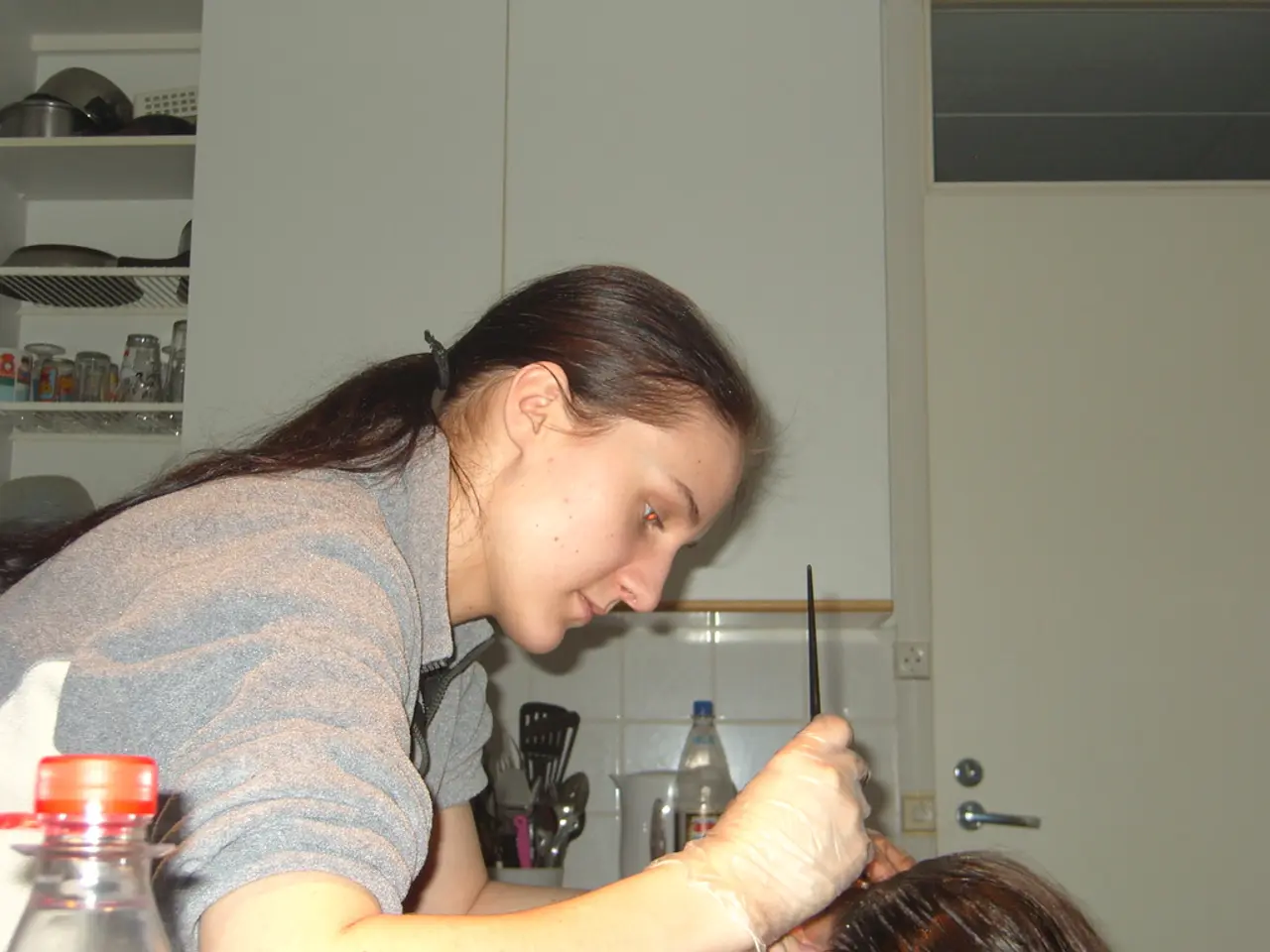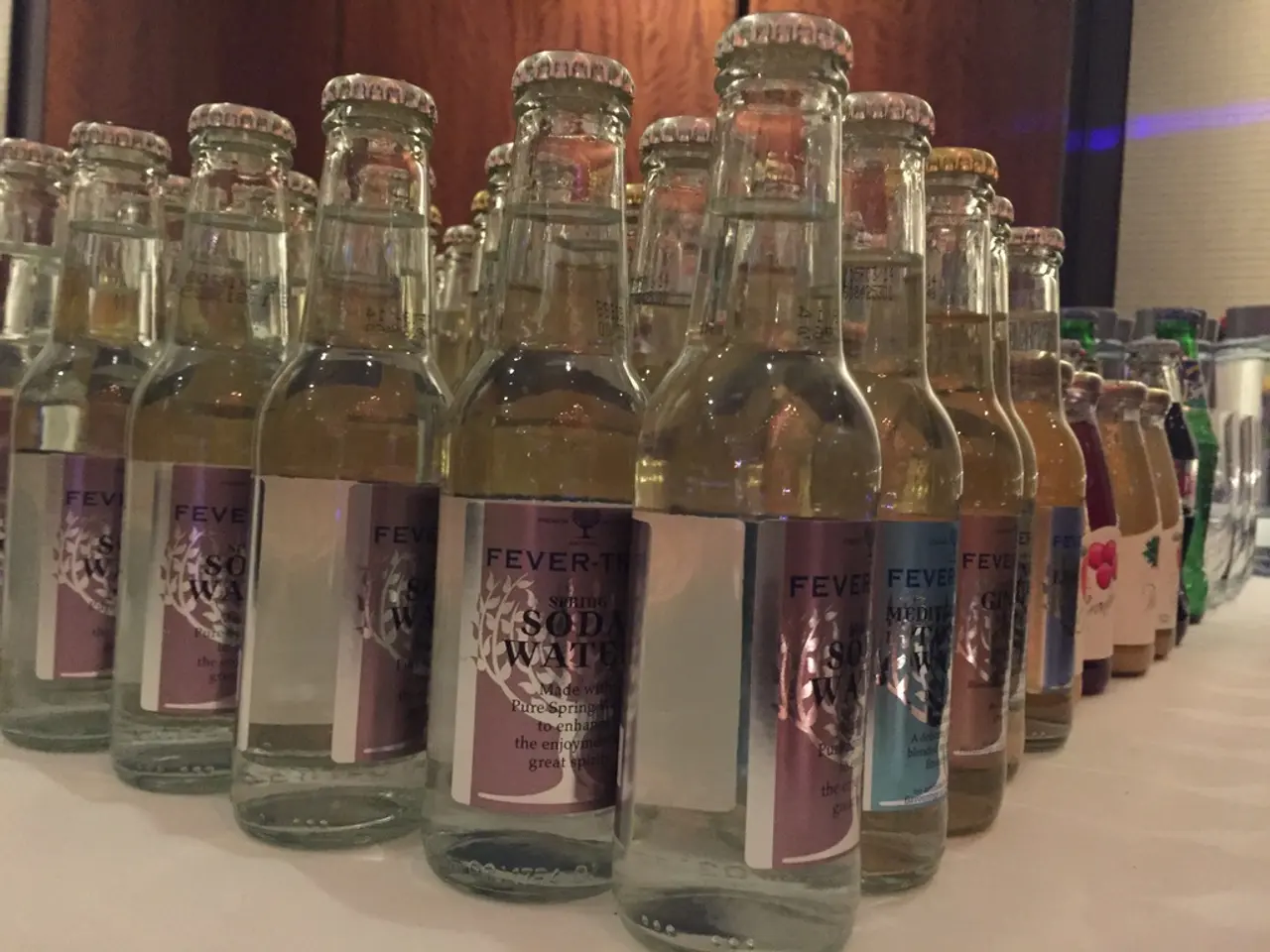News on advanced methods for reducing hair loss, promoting healthier hair growth
Going bald, especially for women, can be a stressful and distressing experience. While there have been treatments for inherited baldness, they often come with some serious side effects. But it seems like science has accidentally stumbled upon a simpler and safer remedy...
Inherited hair loss: androgenic alopecia
Almost everyone will notice some hair loss or thinning as they age, but for up to 40% of people, this condition can become more pronounced, starting as early as the twenties and thirties. Known as androgenic alopecia or male pattern baldness, this condition is primarily caused by a combination of genetics, hormone levels, and aging. In women, it's known as female pattern baldness.
Hair Loss Patterns
Pattern baldness typically follows distinct patterns that are different for men and women. In men, hair loss will likely follow one of three patterns:
- beginning at the temples and/or crown of the head
- a single bald spot
- a receding hairline that forms an "M" shape
In women, thinning begins at the part line, sometimes appearing all over the head. Hair at the temples may also recede.
Common Treatments for Alopecia
Two drugs are currently used to treat pattern baldness. Minoxidil is FDA-approved for both men and women. To use Minoxidil, apply it to your scalp every day. While it won't fully restore the hair you've lost, it can stimulate significant regrowth, providing an overall thicker appearance.
Propecia is only FDA-approved for men. Consistent use can help slow down hair loss and thicken existing hair within about three months.
However, both these drugs come with side effects. Minoxidil may cause weight gain, fast heartbeat, headaches, fluid retention, and dizziness. Propecia can lead to decreased libido, erectile dysfunction, depression, and even male breast cancer. Furthermore, if you stop using them, the hair loss will resume.
But what if there was a simple, safe way to treat pattern baldness?
The Unexpected Discovery
While studying the natural sugar deoxyribose (the 'deoxyribose' part of DNA) and its ability to heal wounds in mice, scientists noticed that the fur around the treated areas grew back faster than in untreated mice. Investigating further, they discovered that applying a deoxyribose sugar gel to the shaved areas of male mice with testosterone-driven hair loss led to robust hair regrowth. In fact, the results were comparable to those achieved with Minoxidil, but with potentially fewer side effects since it does not carry the hormonal components of traditional treatments.
Further research is planned on female mice to determine its effectiveness, and it may be a while before it becomes a product we can use. But it looks promising that treating and reversing hair loss is about to become a lot safer.
In the meantime, some reports and small studies suggest that honey may promote hair growth and improve hair health. Be careful when applying honey to your scalp, as it can be sticky and potentially cause discomfort or irritation.
Stay tuned for updates on this exciting discovery!
[1] 2-deoxy-D-ribose sugar gel (PP405) represents a promising, innovative, and safer alternative for treating androgenic alopecia by enhancing follicle metabolism and blood vessel growth, potentially avoiding the drawbacks of hormone-based therapies.
[2] Users of 2dDR-based products like shampoos, serums, and beard oils have reported improvements such as a cleaner scalp, less dryness, and increased hair volume, though results may take time to become fully apparent.
[3] The 2dDR gel provides a metabolic boost to follicles without hormonal intervention, making it suitable for all genders and with minimal side effects reported in early trials.
[4] 2dDR application led to hair regrowth comparable to Minoxidil, a common hair loss treatment, but with potentially fewer side effects since it is hormone-free.
- Science has unintentionally discovered a potential simpler and safer remedy for inherited hair loss, specifically androgenic alopecia.
- Androgenic alopecia, also known as male pattern baldness in men and female pattern baldness in women, is primarily caused by genetics, hormone levels, and aging.
- Hair loss patterns in men follow distinct patterns, such as beginning at the temples and crown, a single bald spot, or a receding hairline that forms an "M" shape.
- In women, thinning begins at the part line, sometimes appearing all over the head.
- Pharmaceutical treatments for pattern baldness include Minoxidil and Propecia.
- Minoxidil is FDA-approved for both men and women and stimulates significant regrowth, but may cause side effects like weight gain, fast heartbeat, headaches, fluid retention, and dizziness.
- Propecia is only FDA-approved for men and can lead to decreased libido, erectile dysfunction, depression, and even male breast cancer.
- Researchers have discovered that a deoxyribose sugar gel, named 2-deoxy-D-ribose, promotes hair regrowth in mice with testosterone-driven hair loss.
- Early trials suggest that 2-deoxy-D-ribose application may offer a metabolic boost to follicles without hormonal intervention, making it suitable for all genders and with minimal side effects.
- Some studies and reports indicate that honey may promote hair growth and improve hair health, but it can potentially cause discomfort or irritation when applied to the scalp.
- In the realm of healthcare and wellness, chronic diseases such as chronic kidney disease, COPD, type 2 diabetes, and cancer are among the many conditions addressed through scientific research, therapies, and treatments.
- Digestive health, eye health, hearing, skin care, and cardiovascular health are all crucial aspects of maintaining overall well-being that require continued attention.
- Neurological disorders like Alzheimer's disease, multiple sclerosis, and migraines, as well as autoimmune disorders, such as rheumatoid arthritis, affect millions of individuals worldwide.
- Environmental science studies the impact of climate change on health, air quality, and global ecosystems, and addresses the connection between the environment and the occurrence of various diseases.
- Fitness and exercise play a vital role in preventing and managing chronic diseases, improving mental health, and promoting well-being overall.
- Proper nutrition, skin care, and mental health practices are fundamental elements of health and wellness that should be prioritized and incorporated into daily routines.







